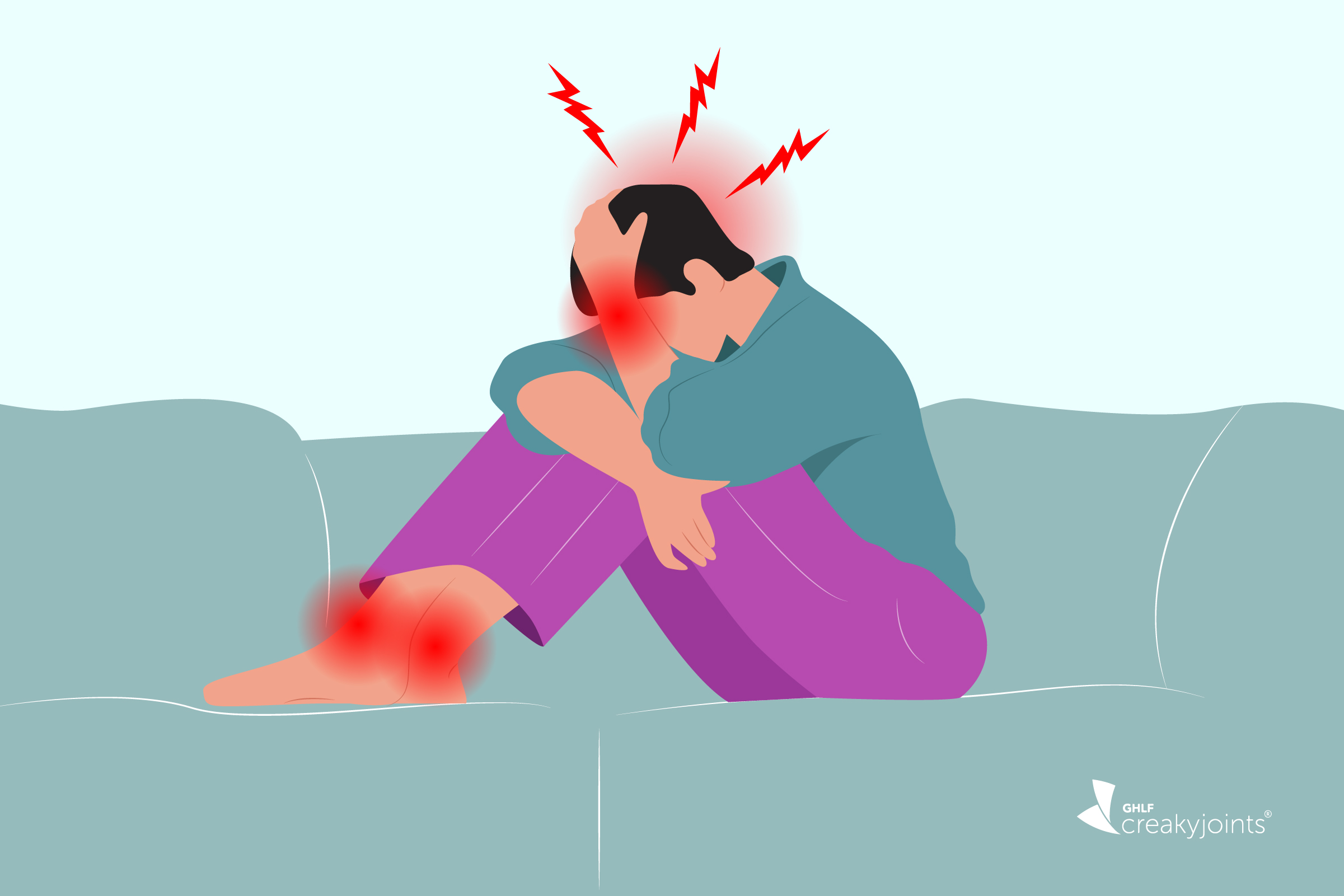Discover the symptoms of brain fog linked to migraine and learn coping strategies to manage cognitive challenges.
HIGH COSTS OF MIGRAINE COMORBIDITIES
HIGH COSTS OF MIGRAINE COMORBIDITIES
July 17, 2017
GHLF STAFF

Chronic migraines (CM), whose external imperceptibility can lead to stigmatization, are characterized by headaches at least 15 days each month. That means “people with chronic migraine have a migraine or headache more often than not,” notes the nonprofit American Migraine Foundation. Studies have demonstrated that migraine patients have lower quality of life and professional productivity, as well as lower socioeconomic statuses.
“We’re human beings, not statistics, with dogs to walk and deadlines to meet and birthdays to show up for,” writes patient Helaina Hovitz in Vice.
Part of the trouble, says Kenneth Thorpe, a former deputy assistant secretary at the U.S. Department of Health and Human Services (1993-5), is that chronic migraines tend to come with comorbidities. Roughly 40 percent of chronic migraine patients suffer from an additional four chronic conditions, says Dr. Thorpe, who recently authored the paper “Prevalence, Health Care Spending and Comorbidities Associated with Chronic Migraine Patients.”
“Having chronic migraine complicates the treatment of these other conditions, increasing the treatment costs by 34 to 46 percent for conditions like diabetes and heart disease,” says Dr. Thorpe, chair of Emory University’s health policy management program. “While chronic migraine costs $5 billion per year, patients with CM spend over $41 billion on their healthcare.”
In the paper, Dr. Thorpe recommends a holistic approach to understanding chronic migraine, or “whole-person care.” Since most CM patients have at least one other chronic condition, it’s vital to focus on treating all of patients’ conditions: “chronic migraine, but at the same time depression, diabetes, and heart disease among others,” he says. “This will require providers to ‘team’ together and work together with the patient to manage their multiple chronic conditions.”
One of the paper’s focuses is an update on CM demographics (as of 2013), including:
- Estimates place the prevalence of chronic migraine in the U.S. at 4.2 million adults above the age of 18, or 1.8 percent of that group.
- More than a third (36 percent) of migraine patients live in the South, and more than 82 percent live in urban areas.
- Perhaps most noteworthy is that 85 percent of those who suffer from chronic migraines are women, and more than 80 percent are non-Hispanic white women.
- More than 30 percent of CM patients weren’t employed at treatment time, and 45 percent held full-time jobs year round.
Asked why white, urban women suffer from chronic migraines in larger percentages, Dr. Thorpe says, “A good question for future research. Stress could certainly play a role here.”
On the medication side, the paper notes several hundred medications linked to migraine treatment, but no prescription accounted for even three percent of treatments. The most popular were topiramate (2.65 percent) and hydrocodone (2.08 percent).
Prior to this research, no work had been done to understand the ways that chronic migraine complicates the treatments of other chronic conditions, according to Dr. Thorpe. “The results are novel,” he says.
The white paper outlines the prevalence of some of the comorbidities. The most common are:
- Mental disorders, including depression and anxiety (37.2 percent)
- Arthritis (27.7 percent)
- Hypertension (24.0 percent)
- Pulmonary disease (23.8 percent)
CM treatment nationwide carries enormous costs, and the paper finds that treatment costs increase significantly with the number of other chronic conditions. An estimated 4.2 million CM patients spend more than $5.2 billion a year on treatment (about $1,251 per patient). For patients with CM but no other chronic conditions, treatment averaged $800 per year; for those with four or more other conditions in addition to CM, the average annual cost per patient nearly doubled to $1,554.
When one factors in that 39 percent of CM patients have four or more other conditions as well, the economic impact of CM and comorbidities may amount to $28 billion per year to treat both the CM and the other conditions.
Future research, Dr. Thorpe says, will focus on understanding more about how and why having CM increases costs for patients with mental disorders and cardiovascular disease.
To read the white paper, click here; click here to view an infographic about the paper.
SUBSCRIBE TO GHLF
RELATED POST AND PAGES
_
Was this article helpful?
YesNo





This Post Has 0 Comments